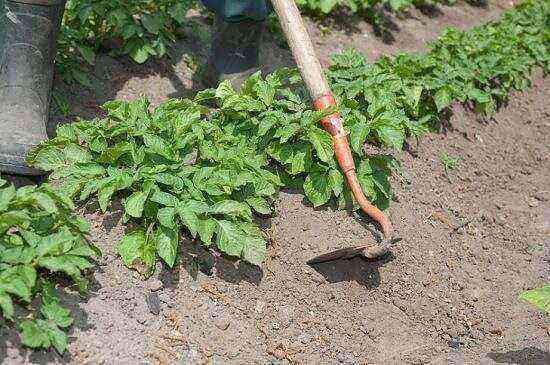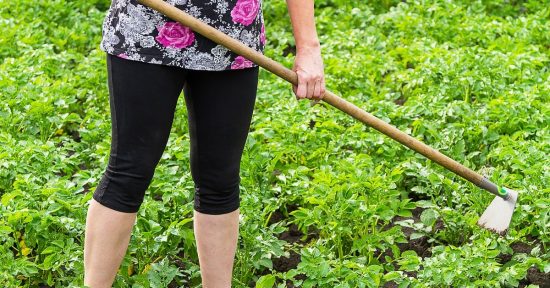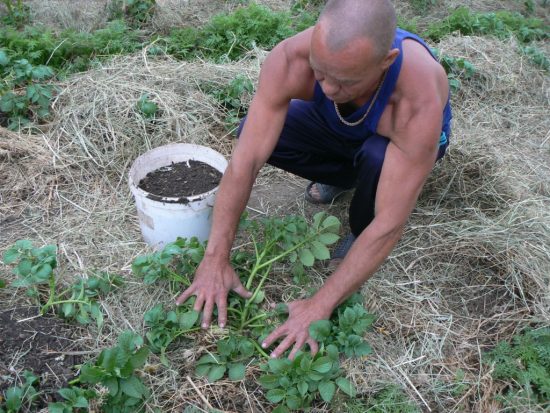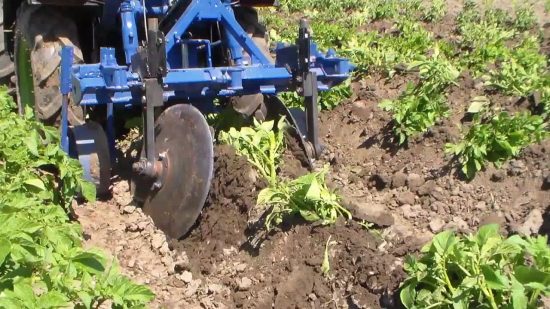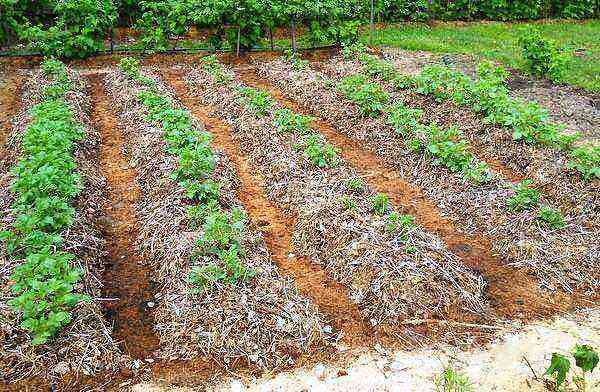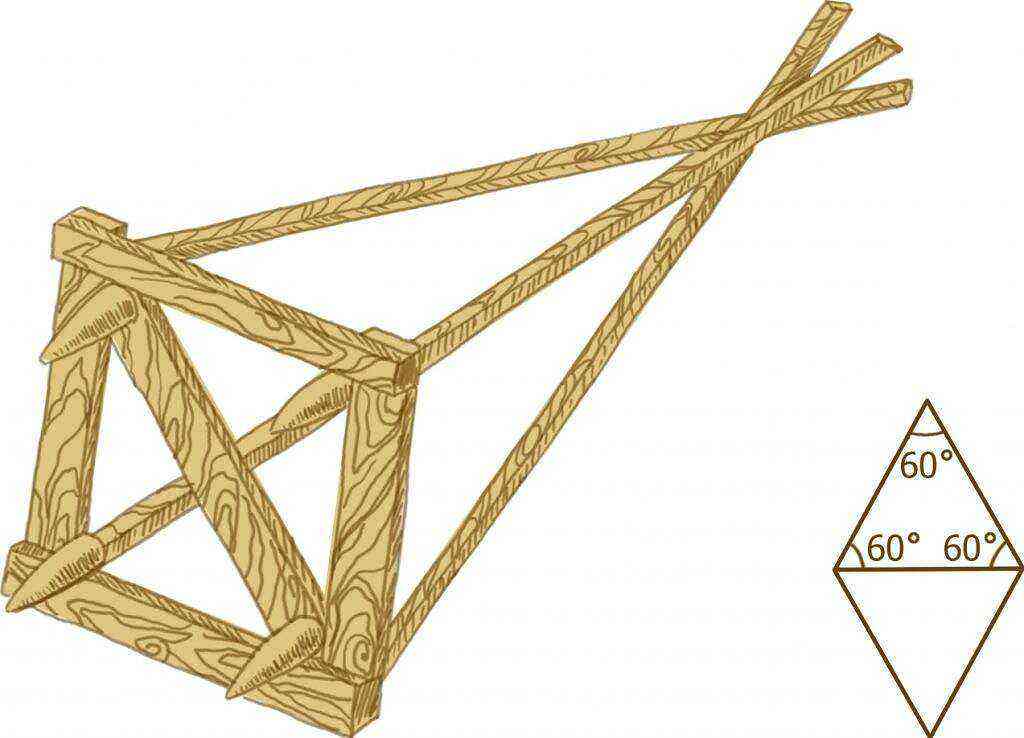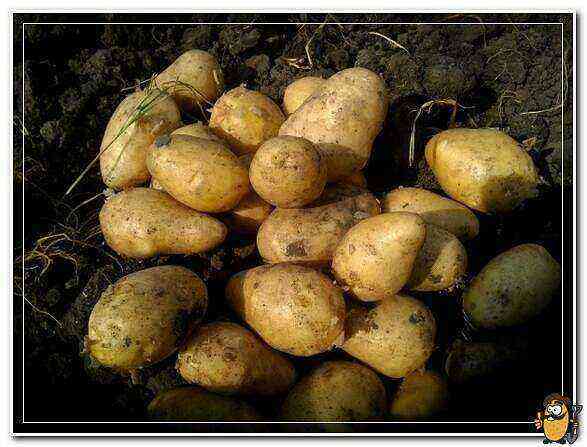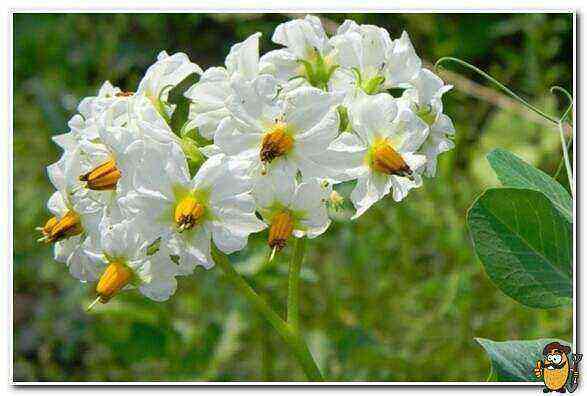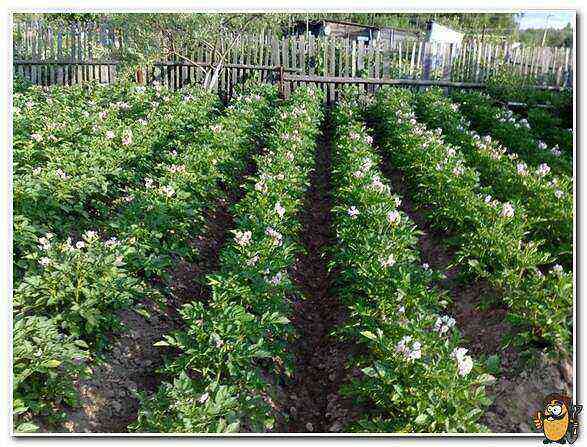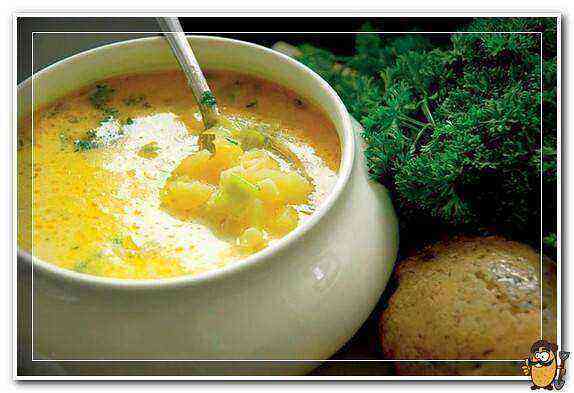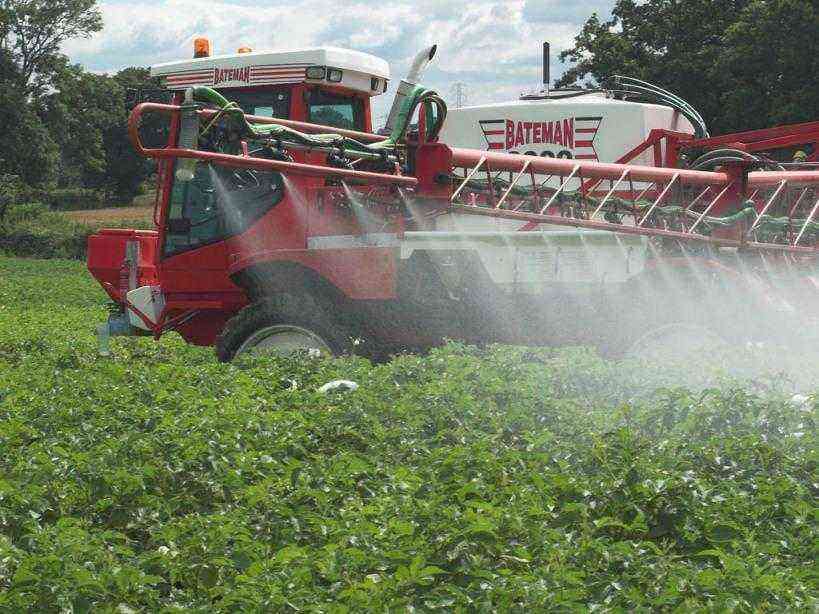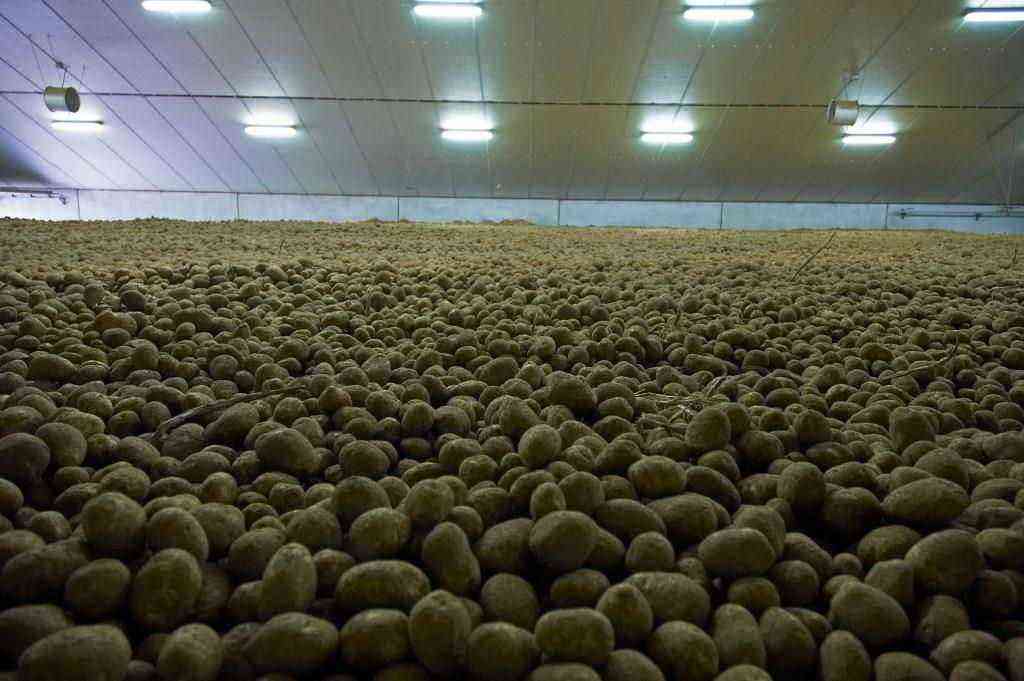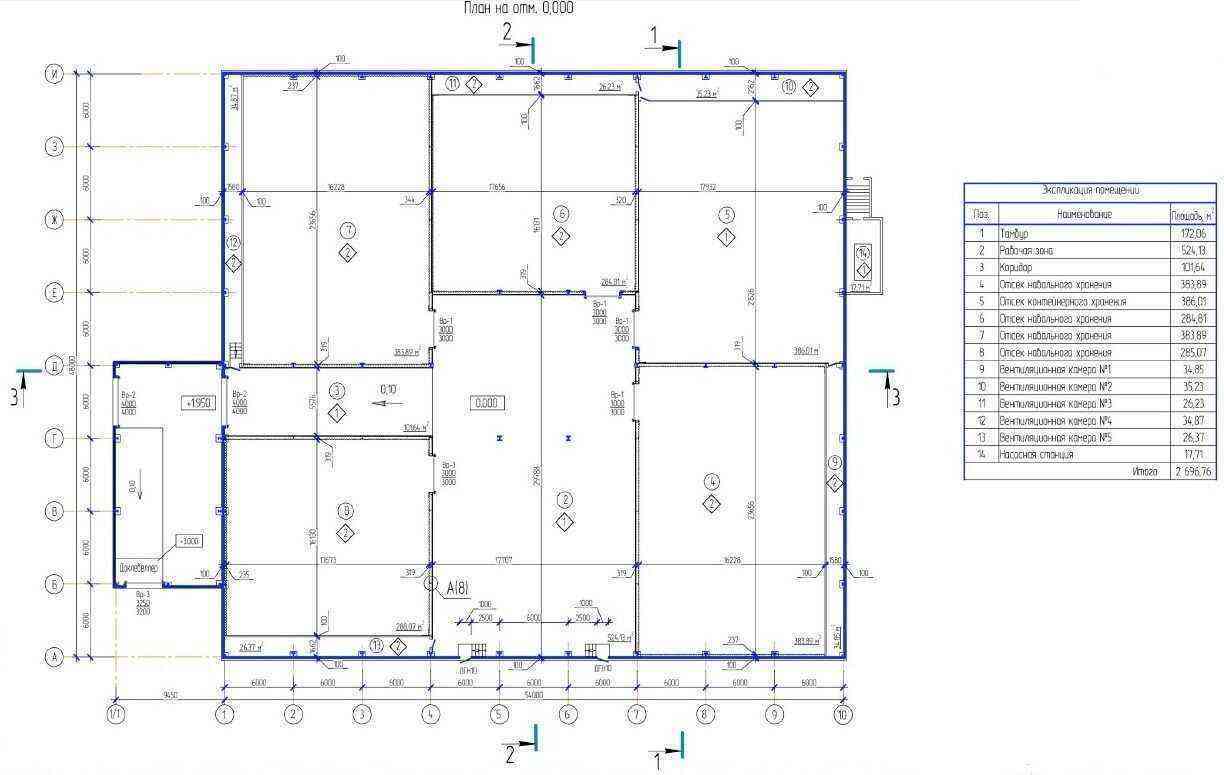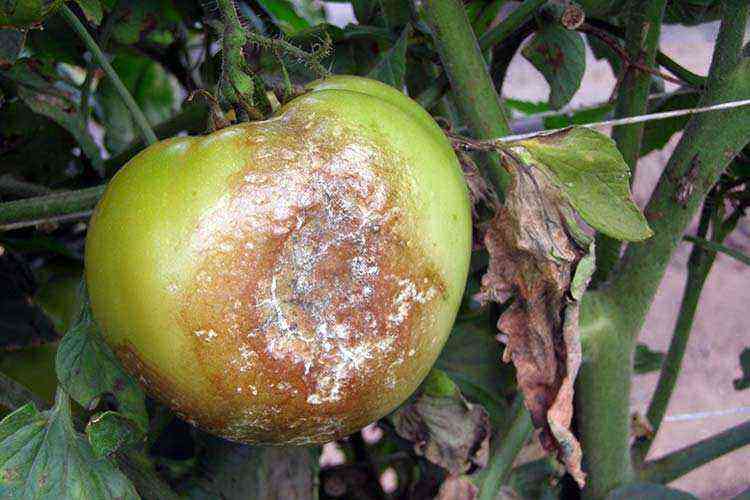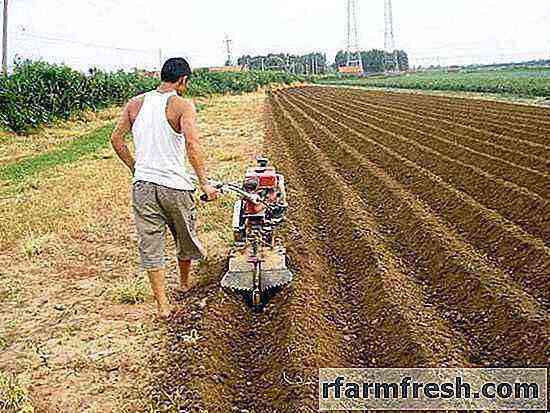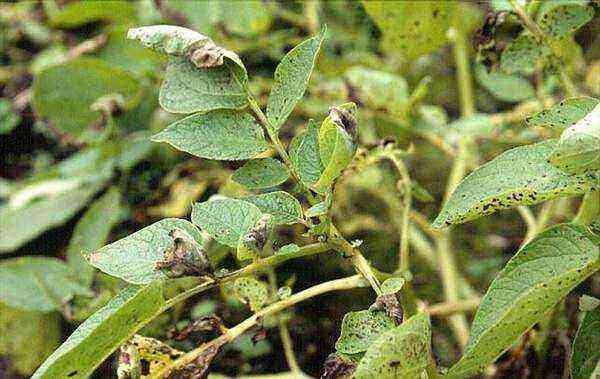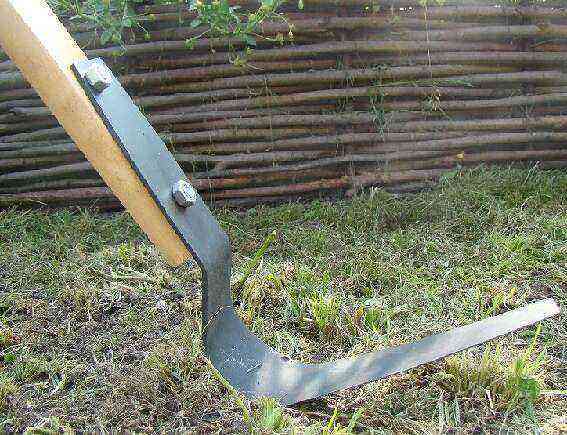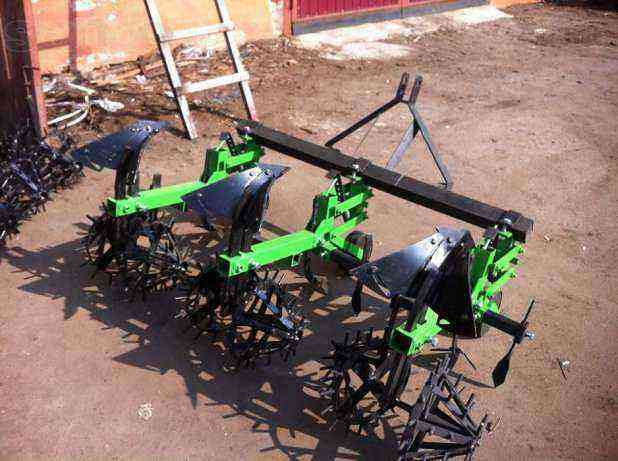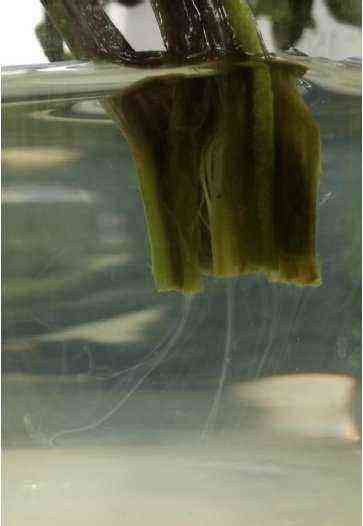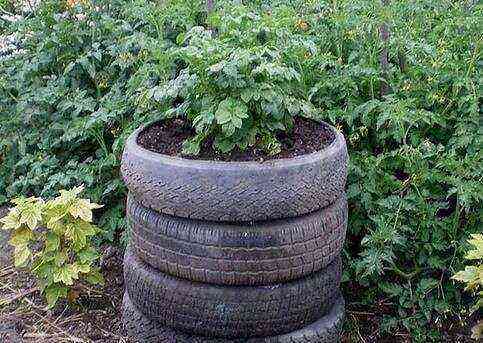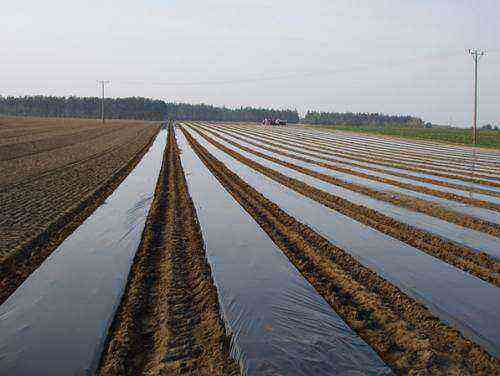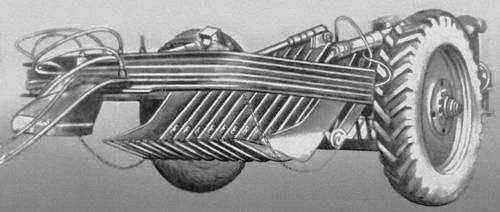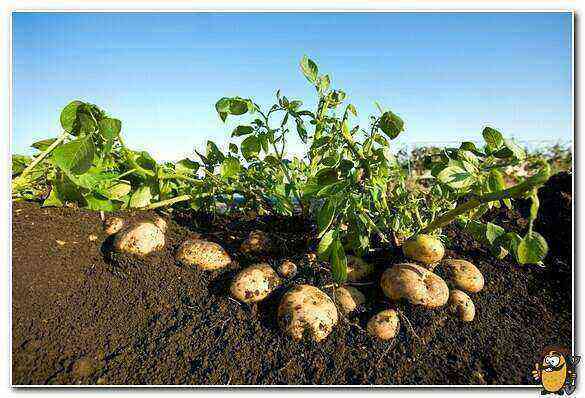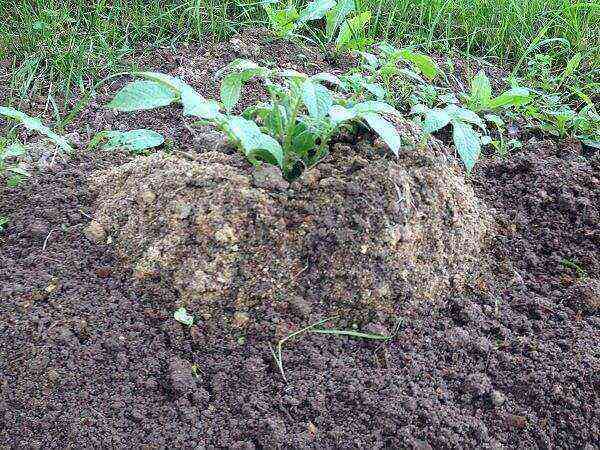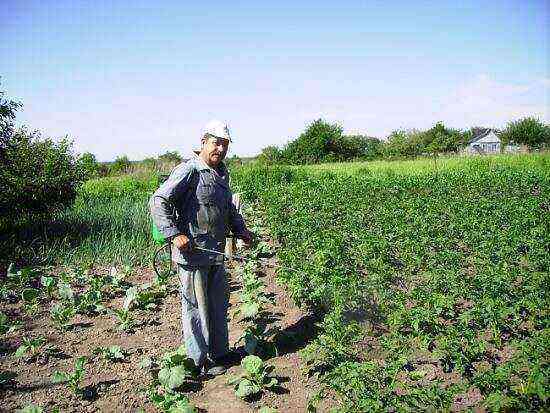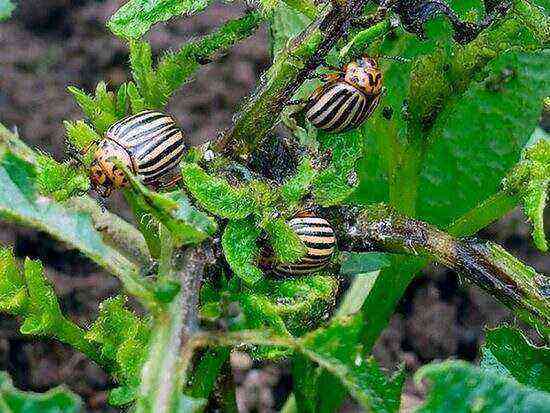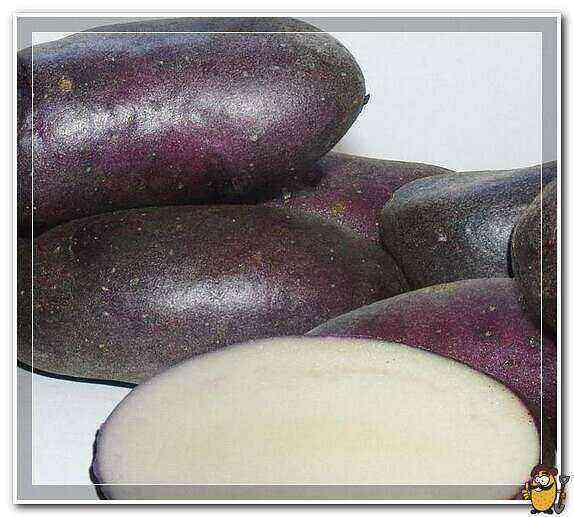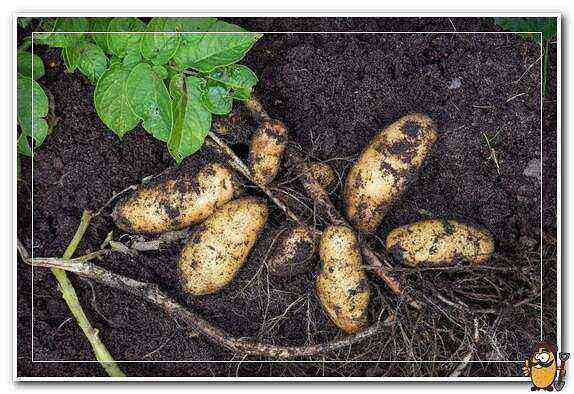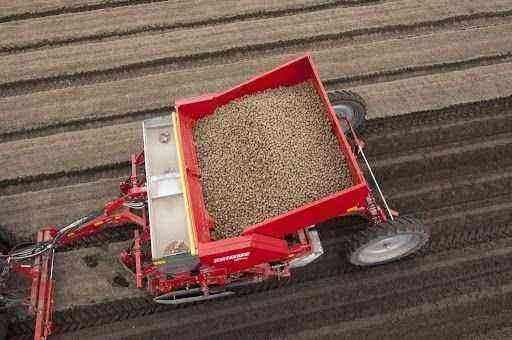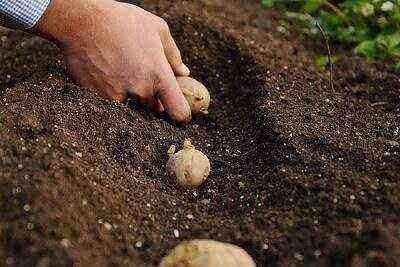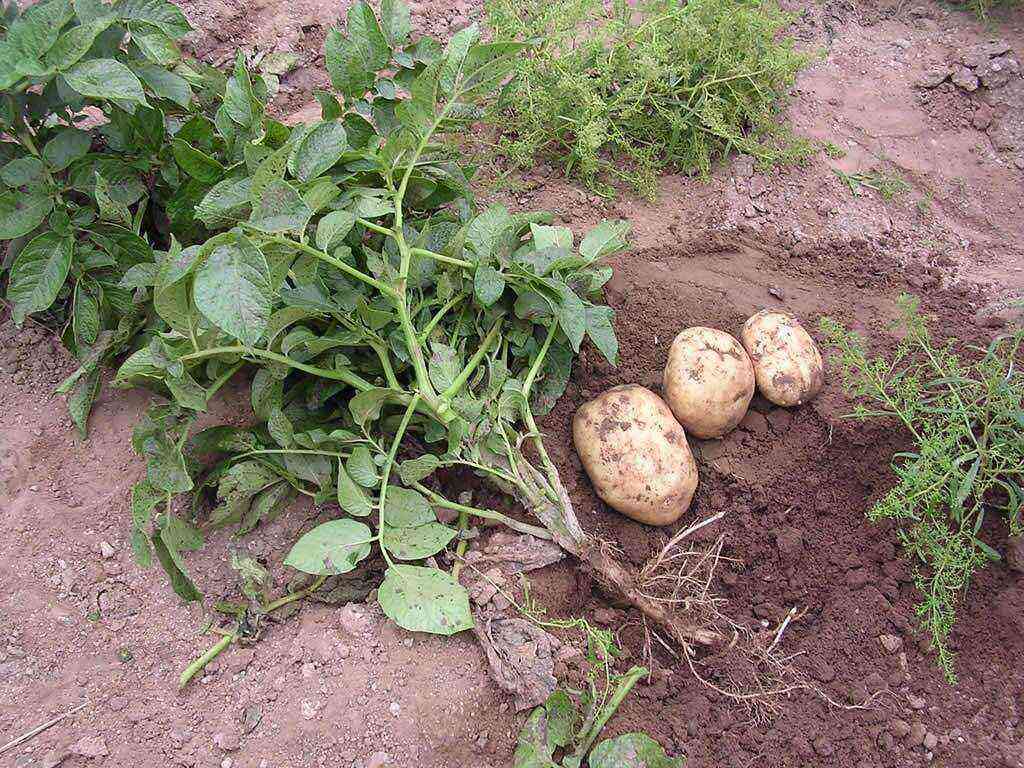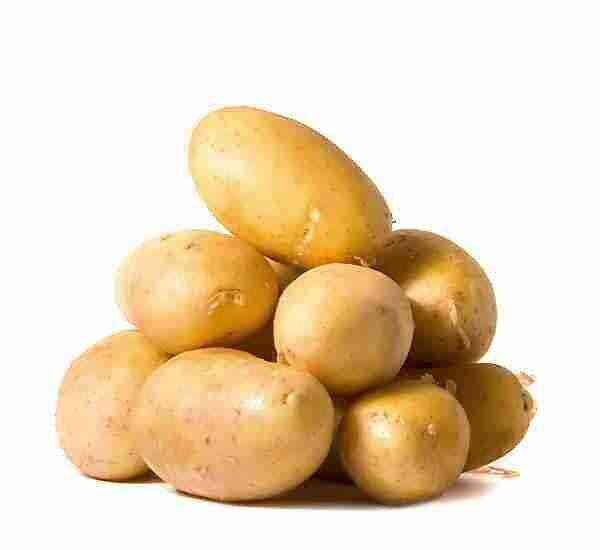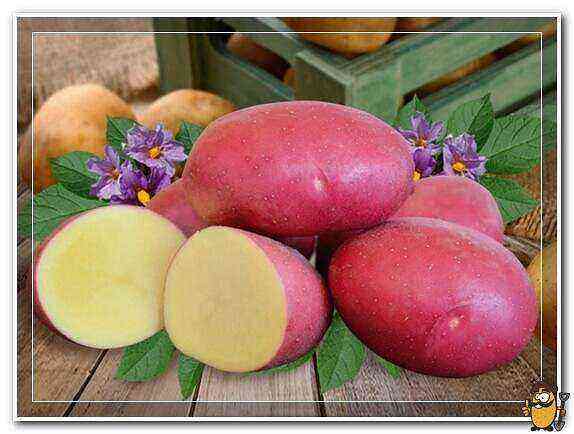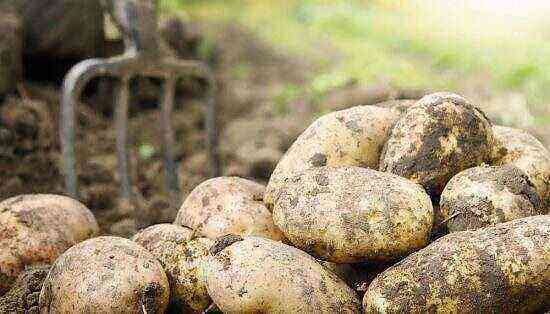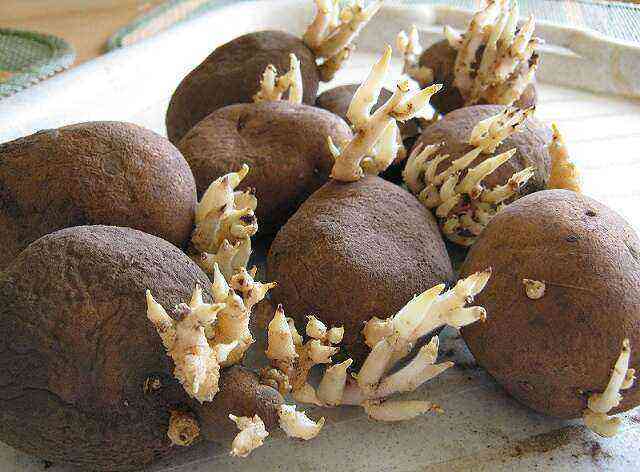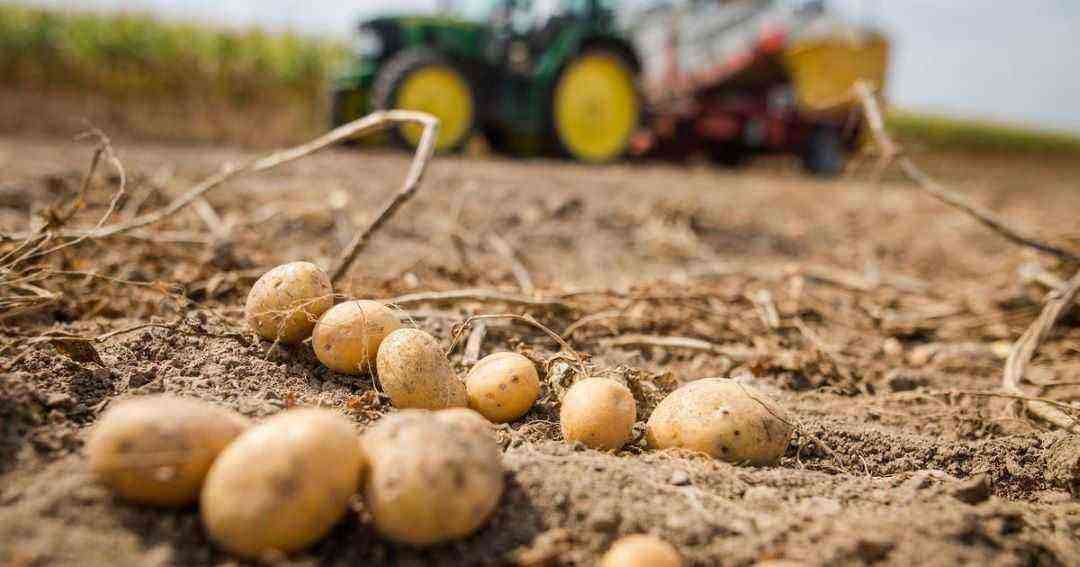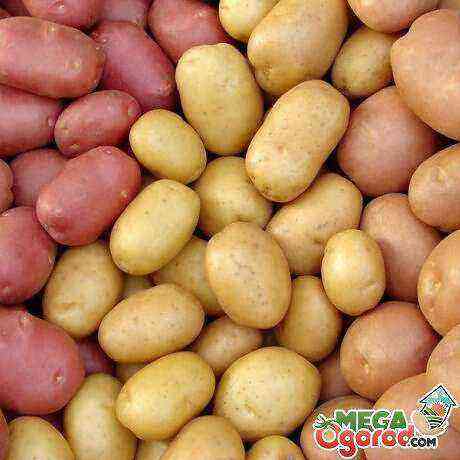The correct technology for growing potatoes implies the obligatory hilling of the bushes. The procedure consists in raking loose earth to the base of the plant. With timely hilling, a rich, healthy harvest is obtained. But not all growers do this job correctly. Some loosen and huddle the beds too often, others completely neglect this procedure. Therefore, the harvest is less than expected.
Why spud potatoes
To sprinkle potatoes means to scoop up the moistened soil to the bottom of the plant. The potato is a crop especially in need of this procedure. With its help, you can increase the size of the underground stems on which tubers are formed. This helps to increase the yield of plants. Gardeners spend a lot of time and effort on hilling, especially with the manual method of work. But the result justifies the effort.
The following advantages of hilling are distinguished:
- After raking loose soil to the bases of the bushes, weeds stop growing on potato plantings. Due to the looseness of the soil, it is much easier to pull out the grass that has broken through.
- After completing this work, the earth becomes loose. It absorbs moisture well and allows air to pass to the root system of the plant. This improves the aeration of the roots, their supply of moisture. At the same time, the water does not stagnate and rot does not form.
- After completing the work, harvesting becomes easier. When dug up, fewer damaged tubers remain. The inventory remains intact, since there is no need to overcome the resistance of dense soil.
- Young plants tolerate strong winds and return frosts more easily. A thick layer of earth does not allow cold air to pass to the roots.
- After sprinkling the lower part of the plant with earth, the vegetable begins to grow intensively, new stolons are formed and the number of tubers increases.
With intensive growth, the green mass of the plant increases. Therefore, the processes of photosynthesis are more active. The soluble glucose formed in the leaf part passes into the tubers. There it accumulates in the form of starch.
Important!
Whether it is necessary to huddle potatoes depends on the climatic conditions and the method of growing the vegetable. Sometimes you don’t have to huddle the potatoes. This procedure is not necessary if the crop is growing in hot and dry climates. Also, you do not need to shovel bushes when growing a vegetable under straw, in a bag or in beds covered with covering material.
Terms of hilling potatoes
The time of the procedure is greatly influenced by the condition of the soil and weather conditions. Also take into account the varietal characteristics and the ripening period of the cultivated crop. In general, they are guided by the phases of potato development. During the summer, two or three hilling are carried out.
It is necessary to huddle potatoes for the first time, 15-20 days after planting. By this time, the sprouts have already appeared and even manage to rise up to 8 cm in height. But some vegetable growers postpone this event until the seedlings reach a height of 15 cm. The earth is raked so that no more than 3 cm of the green part of the stem remains open. At the same time, they destroy weeds, protect the plant from recurrent frosts, and stimulate the development of stolons.
The second time, the procedure is carried out after another 15-20 days. During this time, the stems grow up to 15 cm in height. They are covered with soil, leaving 5 cm of greenery in the air. In loose and light soil, the second hilling can be abandoned. But if the soil is heavy or with a high clay content, the bushes must be scooped up.
The last hilling is carried out in a month, 5 days before the closure of the tops. During this time, the tops are stretched 30 cm. This time the stems fall asleep by half. The last time you need to huddle potatoes only by hand. Using a hiller, cultivator or other mechanisms, you can damage the overgrown foliage. This increases the risk of infection of the bushes with late blight, Alternaria and other diseases.
Tips and Tricks
It is impossible to loosen the soil in the potato beds and sprinkle it on the bushes throughout the summer. It is especially not recommended to hilling potatoes during flowering. At this time, tubers are being formed underground. Therefore, there is a high probability of accidentally hitting them with a tool and damaging them. As well as during flowering, potatoes should not be hilled after the foliage on the bushes has closed. There is no free space between them. Therefore, during operation, the likelihood of damage to the foliage increases. Together with this, the possibility of developing diseases appears.
It is most convenient to hilling potatoes in a rainy summer, since you do not need to specially moisten the beds before work. Wet soil is easier to fit into ridges and does not crumble. The plant receives additional stimulation for branching the root system and building up stolons. It is better to perform the procedure in the morning or in the evening.
Important!
During the first hilling, attention is paid to the weather. In case of expected frosts, they shovel the soil higher to protect the shoots from the cold. If it is hot outside, the bushes do not fall asleep high, so as not to slow down their development.
Ways and tools to get the job done
To properly huddle potatoes, different methods and devices are used. Some gardeners prefer to work by hand, wielding a hoe or hoe. Others want to save time and effort by using a plow, hiller, cultivator or walk-behind tractor for work. Each method has its own advantages.
Hilling potatoes by hand
This method is used with a small planting area. To process several dozen bushes, it makes no sense to buy a walk-behind tractor, hiller or other mechanized device. In good weather, the job can be done within an hour. By manually scooping up the soil to the bushes, you can carefully examine the plants for signs of disease or damage by pests. There are several methods for processing plants.
The traditional way of hilling potatoes
A chopper is most often used for such work. When doing it manually, gardeners spend a lot of effort, but no special knowledge and skills are needed. Hilling is carried out on wet soil after rain. If the summer is dry, then the area is watered before that. The work is performed with a hoe or hoe with sharp or rounded edges.
The soil is dug in only in the aisles, hilling plants in one direction. For this, the soil is carefully raked from the space between the rows to one of the sides of the plants. Having passed the row to the end, process it in the same way on the other side in the opposite direction. The result is a long hill with tops sticking out of the top. At the end of the bed, the aisles are closed to trap moisture during watering and rains.
Fan way
It is inconvenient to sprinkle potatoes with a hoe with this method. In this case, use a shovel. The work is carried out when the tops reach a height of 20 cm. The bush is pushed apart by hands and laid out on the ground in the form of a fan. Soil is thrown into the center, taking it from the space between the rows. The bush is covered completely, leaving only the tops with leaves. For additional feeding and moisture retention, the soil is covered with weeds.
A few days after this treatment, the stems straighten themselves. In two weeks, there will be a noticeable overgrowth of the bush and the formation of new stems. Soon, new tubers are formed and the yield increases due to this.
According to Zamyatkin
Another way to spud potatoes was suggested by the Siberian vegetable grower Zamyatkin, who is a supporter of organic farming. In his opinion, with the traditional method of hilling, plants are forced to compete with each other for moisture and sunlight. Therefore, the yield decreases.
He proposes to plant potatoes in a checkerboard pattern, observing an interval of 40 cm between the bushes. Then there should be no competition. Upon reaching the height of the tops of 20 cm, the stems are pushed apart and dried foliage, grass, straw and other organic matter are placed inside the bush. Only the tops are left free.
On a note!
A bush housed in this way actively grows, forming a large number of aboveground and underground shoots. Under such a shelter, air passes well to the roots and moisture remains in the absence of rain. The bush is protected from pests. Therefore, the yield increases.
Motoblock
With a large planting area in the summer, you can quickly spud potato bushes with a walk-behind tractor. It is convenient to use if the rows of potatoes are even, and the plants themselves are located at the same distance from each other. The tiller helps to huddle the beds, if necessary, it can be used for harvesting potatoes. Its disadvantage is the high probability of damage to the tubers. In addition, a walk-behind tractor is expensive, so it is bought only for processing large areas.
To work on the walk-behind tractor, a plow-shaped hiller is installed. Then the plow depth and tilt angle are adjusted. A disc tiller can be used. Then it is necessary to adjust the distance between the discs. It is determined by the varietal characteristics of the plant, varies from 40 to 70 cm. The angle of inclination for the disc tiller remains constant at 45 degrees. For a disc walk-behind tractor, rippers are additionally installed. They will prepare the soil, which the discs will then use to powder the plants.
Read also!
They work with the walk-behind tractor carefully, observing safety precautions. Before work, carefully read the instructions for the mechanism to avoid damage and injury.
Cultivator
This mechanism is often used for hilling potatoes planted in even rows. Cultivators are mechanical and auto-mechanical. Usually they are used to loosen the soil. They have a simple design, so they are available to most gardeners. When working with an automatic or manual cultivator, it is necessary to strictly adhere to the specified direction. Otherwise, you can easily damage the root system of plants, cut the tubers.
Disk heeler
Such a device is cheaper than a walk-behind tractor. Therefore, most gardeners can afford it. The design of the hiller is simple. If you have the skill and skills, you can make a simple hiller yourself. It consists of a handle, a shank and two adjustable blades. It is easier to sprinkle rows of potatoes with such a device than with a walk-behind tractor. In addition, they can handle the planting of other plants.
Plow
This tool has been known for a long time. Previously, it was often used in agricultural work. Now the plow is morally outdated, but if necessary, you can work with it. Usually a horse is harnessed to the plow to pull the tool across the field. Now not everyone has horses. Therefore, gardeners have to drag it on their own. To make the task easier, you can attach a wheel to the plow. Then you get a device resembling a cultivator.
Advice!
To make it easier to work with the plow, it is better to choose a tool with a low weight. It’s easier to manage.
Hilling of potatoes is mandatory to obtain a rich harvest. The work is performed manually or using mechanisms. Correctly and on time hilling contributes to the formation of a large number of large tubers.
